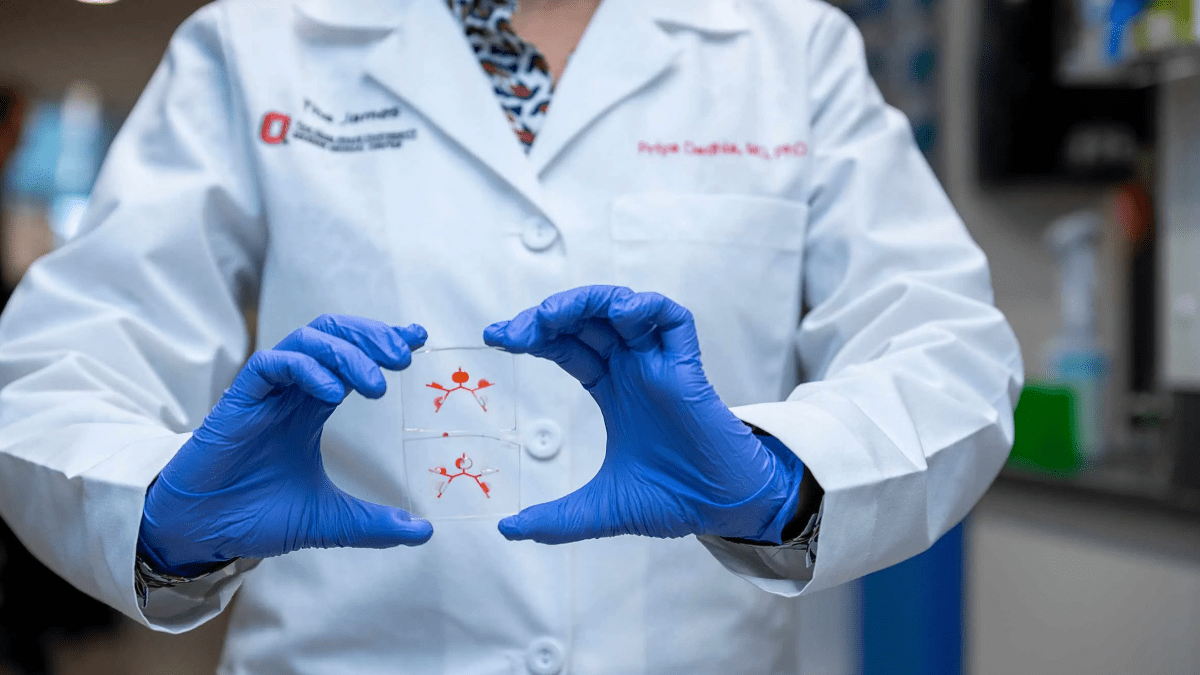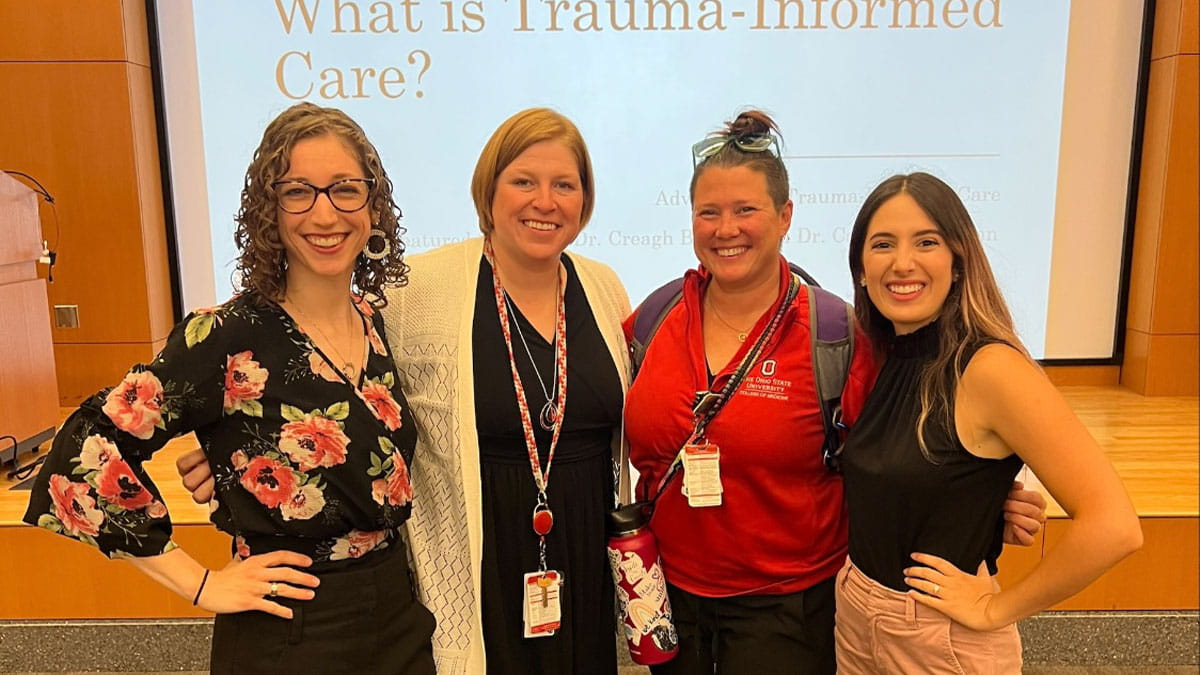Studies Compare Most Effective Rehabilitation for Traumatic Brain Injury Patients
 A series of four studies led by researchers at The Ohio State University College of Medicine and published online together in the journal Archives of Physical Medicine & Rehabilitation shed light on the most effective rehabilitation practices for patients with traumatic brain injuries (TBI).
A series of four studies led by researchers at The Ohio State University College of Medicine and published online together in the journal Archives of Physical Medicine & Rehabilitation shed light on the most effective rehabilitation practices for patients with traumatic brain injuries (TBI).
“The effectiveness of inpatient rehabilitation for TBI appears to be influenced by the specific therapeutic approach used, patient engagement and family involvement. Treatment that uses real-life activities, targets higher-level functions, and engages the patient seems to have the greatest impact on patient’s lives,” said Jennifer Bogner, PhD, director of the Division of Rehabilitation Psychology at The Ohio State University Wexner Medical Center, who led the studies. “More research is needed to confirm our findings and determine how they might best be used by inpatient rehabilitation facilities to provide the most cost-effective care.”
The Comparative Effectiveness of Inpatient Rehabilitation Interventions for Traumatic Brain Injury project used a statistical method called propensity scores as an alternative to randomized controlled trials to evaluate the comparative effectiveness of rehabilitation practices, said Bogner, who is Vice-Chair of Research and Academic Affairs of Ohio State’s Department of Physical Medicine and Rehabilitation.
The multicenter project used the TBI Practice-Based Evidence dataset, which includes three critical sources of observational data on more than 1,800 TBI patients from nine U.S. rehabilitation facilities. The dataset include information from each intervention session; medical record data and patient-reported outcomes up to nine months after discharge.
Researchers compared the effectiveness of different proportions of therapy that uses real-life activities. Other therapy activities aim to strengthen skills and abilities that underlie real life tasks, without performing the real-life activities in the treatment session.
They also compared different proportions of advanced therapy that targets functions or abilities at the highest level needed for successful community integration, beyond personal self-care.
Another study compared how the patient fared when their family attended therapy with them at least 10% of the time.
The final study compared whether the level of patient engagement in treatment influenced the effect of time spent in treatment. The Center for Medicare and Medicaid Services requires patients to receive at least three hours per day of occupational or physical therapy and one additional therapy (usually speech therapy) for five of seven days or 15 hours per week.
The overall findings suggest that TBI rehabilitation can be most effective by:
- Making it real. The more time in therapy that is spent working directly on real-life activities, the more the person will be participating in the community within the year.
- Making it challenging. Patients who received more treatment targeting higher-level functions became more independent in the community within the year.
- Engaging patients in treatment may be more important than the time spent in treatment each day.
- Involving family in therapy enhanced therapy’s effects, possibly by directly impacting patient engagement or by providing therapists information about real-life activities at home.
The severity of a TBI may range from “mild,” such as a brief change in mental status or consciousness, to “severe,” as in an extended period of unconsciousness or memory loss after the injury, according to the Centers for Disease Control and Prevention (CDC). Concussions are the most common form of mild TBIs. The CDC reports that in 2014, about 2.87 million TBI-related emergency department visits, hospitalizations and deaths occurred in the United States.
Ohio State researchers involved in these studies include John Corrigan, Erin Hade, Juan Peng, Erin Montgomery, Cynthia L. Beaulieu and Melanie Swan.
This research was financially supported by Patient-Centered Outcomes Research Institute, www.pcori.org. The statements presented in this work are solely the responsibility of the author(s) and do not necessarily represent the views of the PCORI, its Board of Governors or Methodology Committee. Funding for the databases used in this study came from the National Institutes of Health, the National Institute on Disability, Independent Living and Rehabilitation Research, and the Ontario Neurotrauma Foundation.



